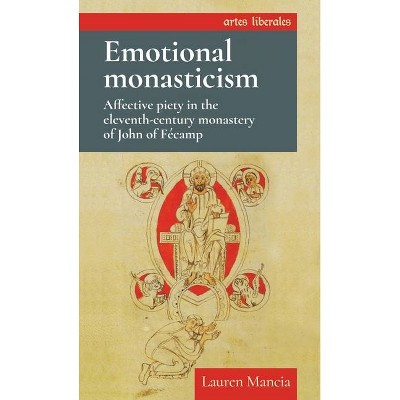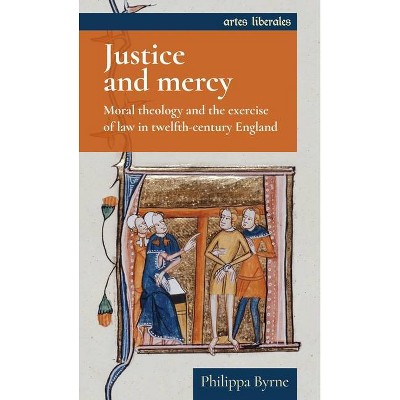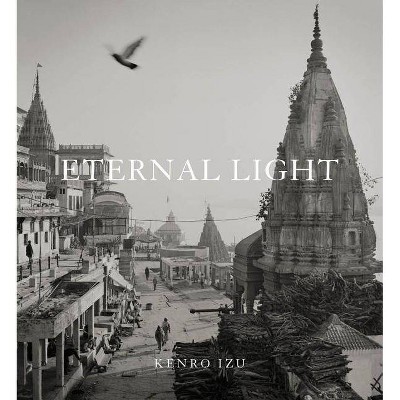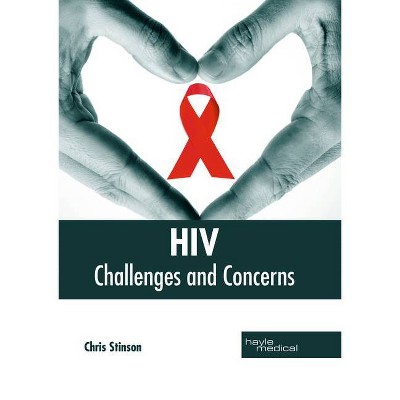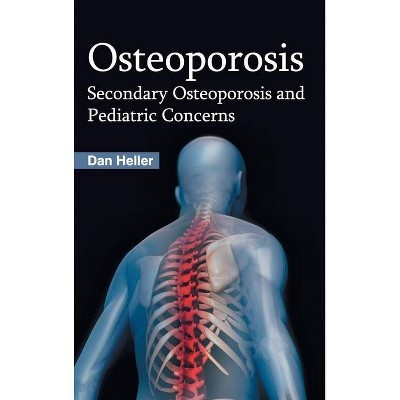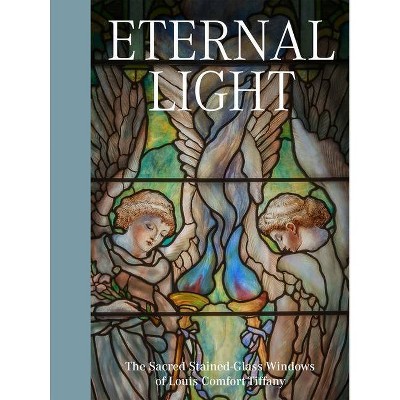Eternal Light and Earthly Concerns - (Artes Liberales) by Paul Fouracre (Hardcover)
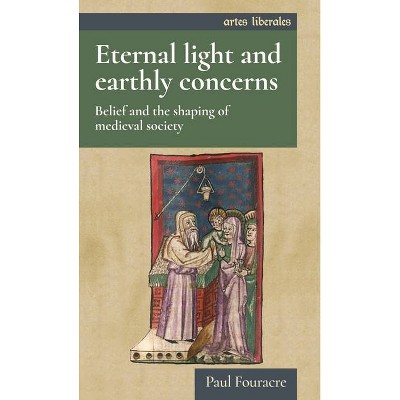
Similar Products
Products of same category from the store
AllProduct info
<p/><br></br><p><b> About the Book </b></p></br></br>This book investigates how the practice of keeping a light burning in churches was established in the early Middle Ages. It asks what the material consequences of implementing the practice were and why it ceased at the end of the Middle Ages.<p/><br></br><p><b> Book Synopsis </b></p></br></br>In early Christianity it was established that every church should have a light burning on the altar at all times. In this unique study, <i>Eternal light and earthly concerns</i>, looks at the material and social consequences of maintaining these 'eternal' lights. It investigates how the cost of lighting was met across western Europe throughout the whole of the Middle Ages, revealing the social organisation that was built up around maintaining the lights in the belief that burning them reduced the time spent in Purgatory. When that belief collapsed in the Reformation the eternal lights were summarily extinguished. The history of the lights thus offers not only a new account of change in medieval Europe, but also a sustained examination of the relationship between materiality and belief.<p/><br></br><p><b> From the Back Cover </b></p></br></br>In early Christianity it was established that every church should have a light burning on the altar at all times. This unique study investigates the material and social consequences of maintaining such 'eternal lights'. Never before has the subject been treated as important to the political economy or explored over the whole of the medieval period. The cost of maintaining the lights meant that only the elite could afford to do so, with peasants being organised to provide funds. Later, as society became wealthier, a wider range of people became providers and organised themselves into guilds or confraternities in support of the church and with the particular aim of commemorating their members. Power over the lights, and over individual churches, shifted to these organisations, and when belief in the efficacy of burning lights was challenged in the Reformation, it was such people who were capable of bringing the practice of burning eternal lights to a sudden and sometimes violent end. The study concludes that the practice of keeping a flame on the altar did indeed have important material and cultural consequences. Because it examines the relation between belief and materiality at every turn, the book also serves as a guide to how Western Europe developed from the decline of the Roman Empire to the advent of the Protestant state.<p/><br></br><p><b> About the Author </b></p></br></br>Paul Fouracre is Professor Emeritus of Medieval History at the University of Manchester
Price History
Cheapest price in the interval: 120.99 on November 8, 2021
Most expensive price in the interval: 120.99 on December 20, 2021
Price Archive shows prices from various stores, lets you see history and find the cheapest. There is no actual sale on the website. For all support, inquiry and suggestion messagescommunication@pricearchive.us
